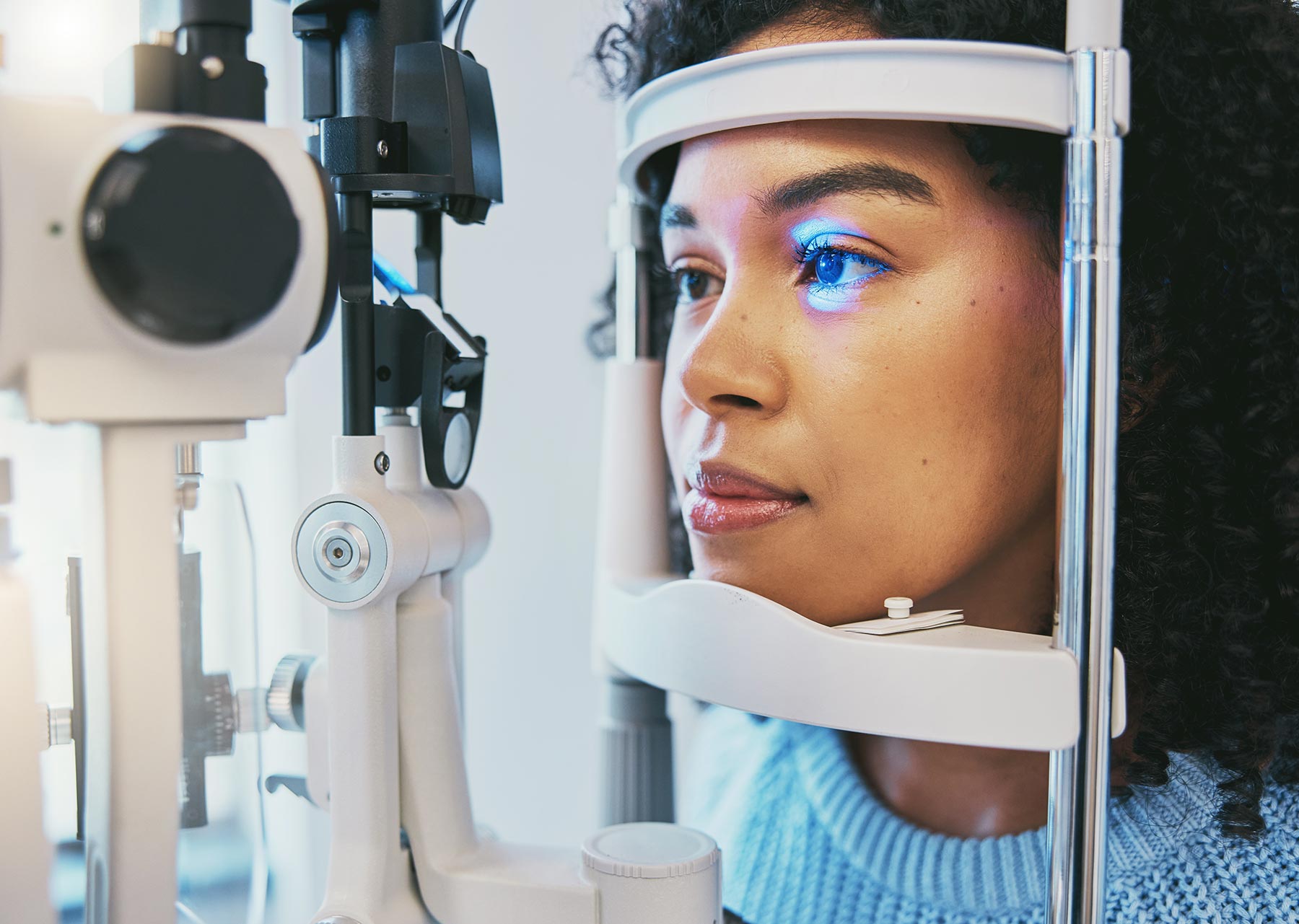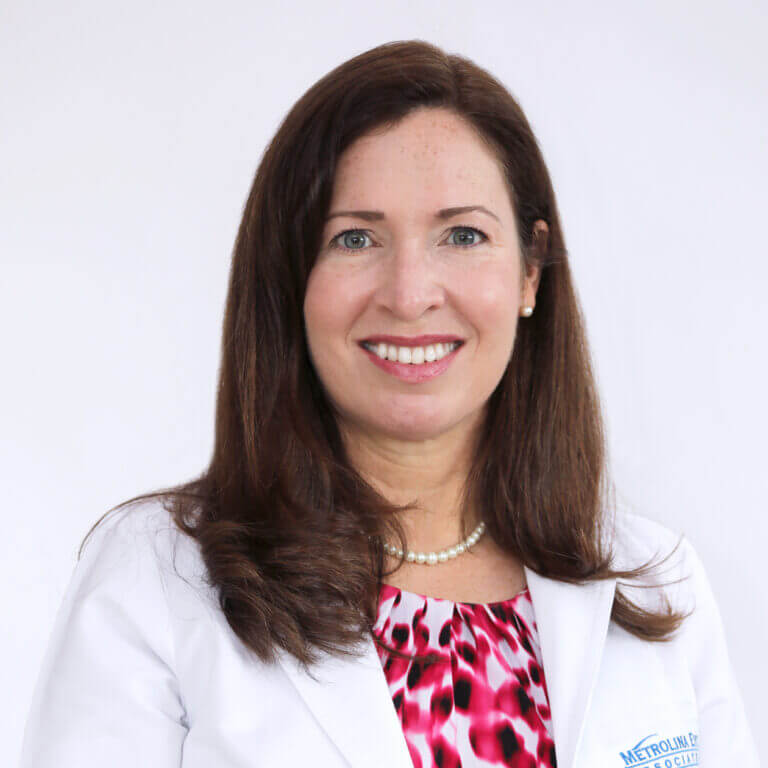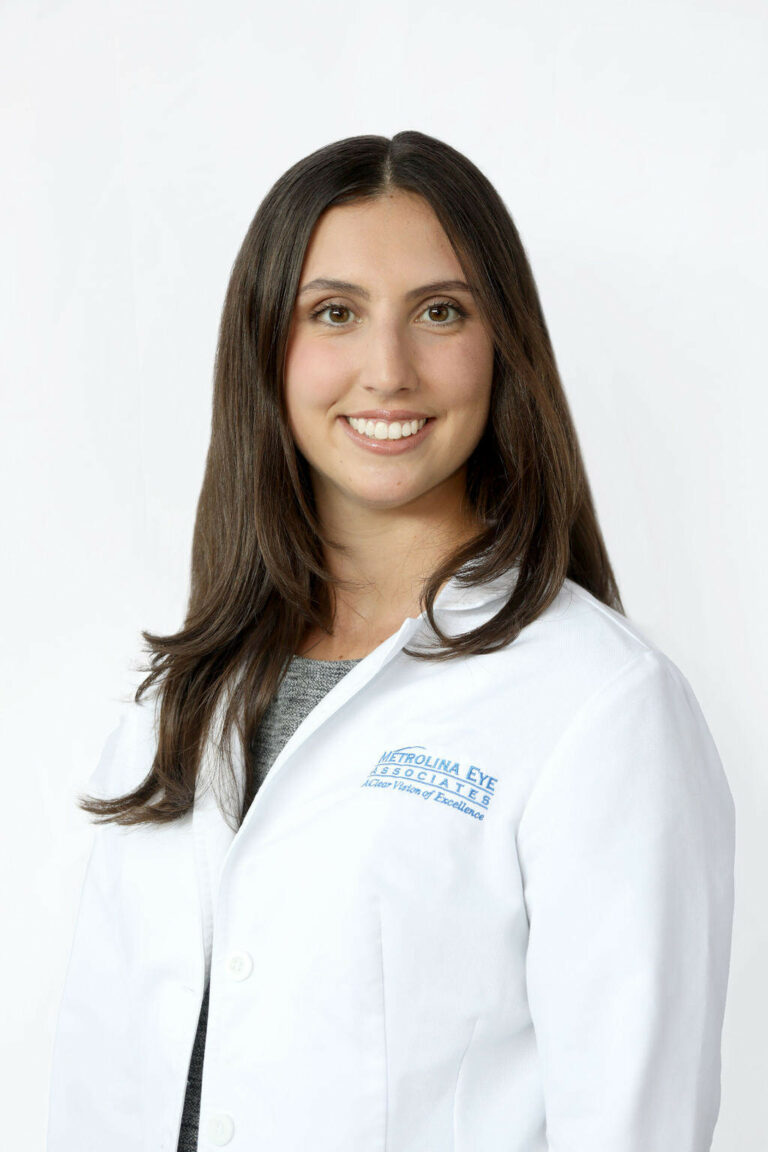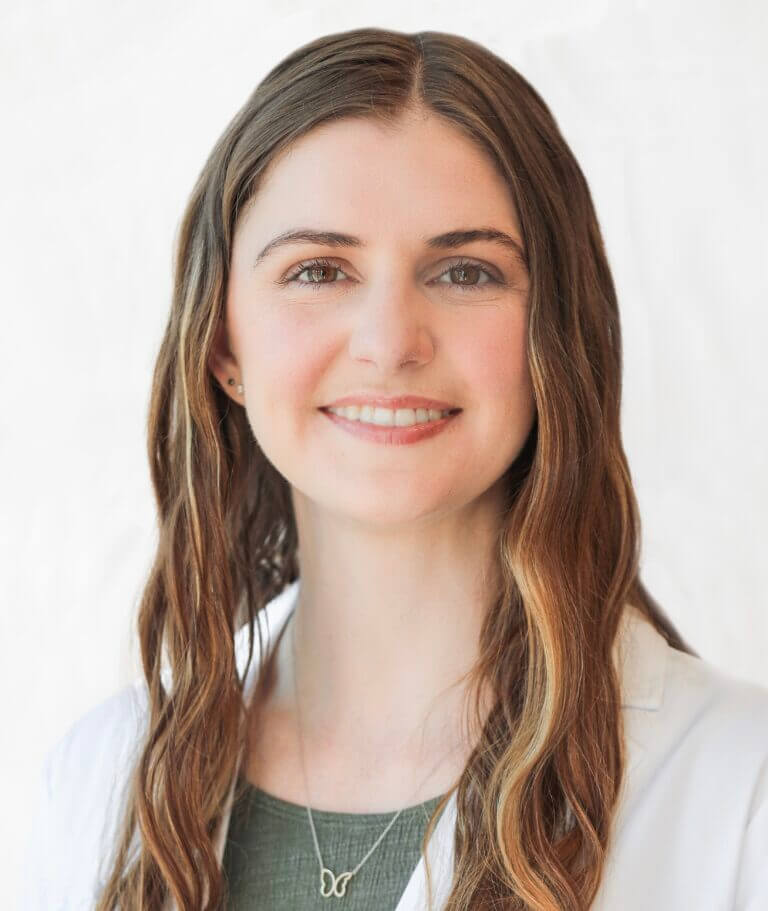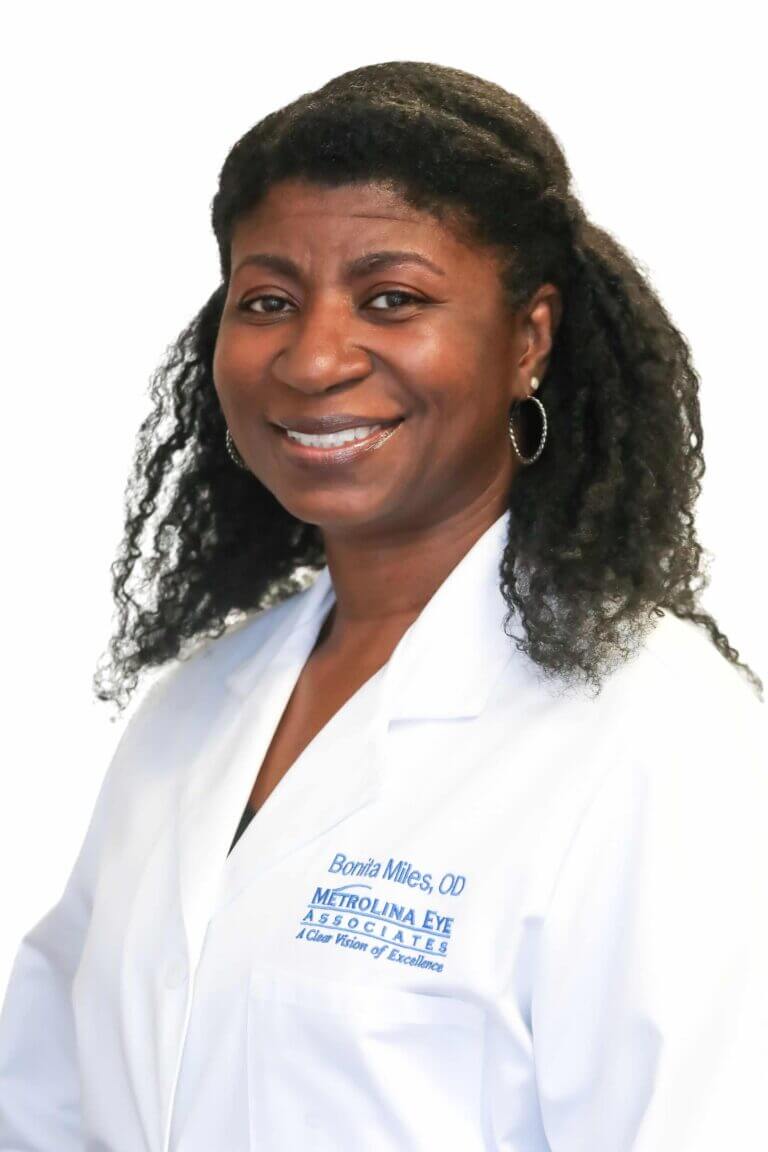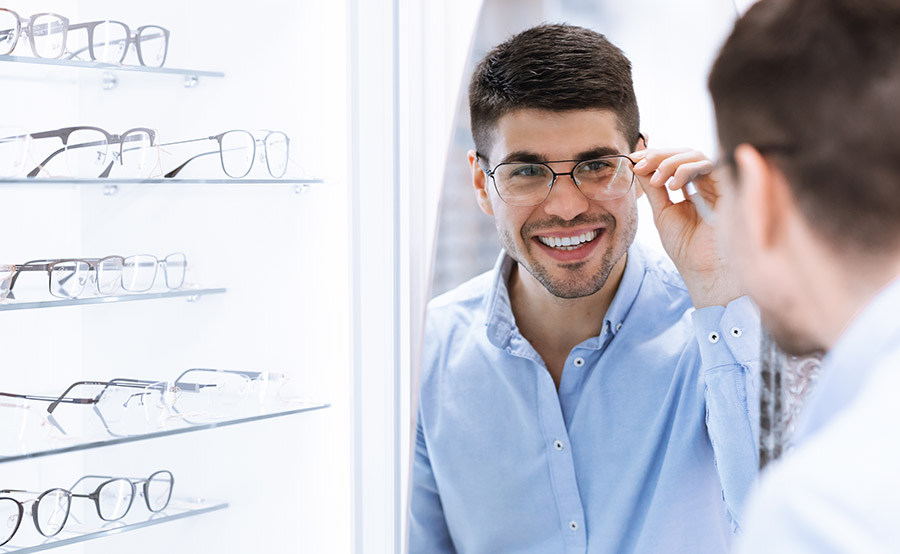
Contacts
Metrolina Eye Associates offers a wide variety of contact lenses, including:
- Daily Disposable
- Two-Week or Monthly Disposable
- Toric Lenses For Astigmatism
- Multifocal Lenses
- Rigid Gas Permeable Lenses
- Specialty Fits for conditions such as Keratoconus

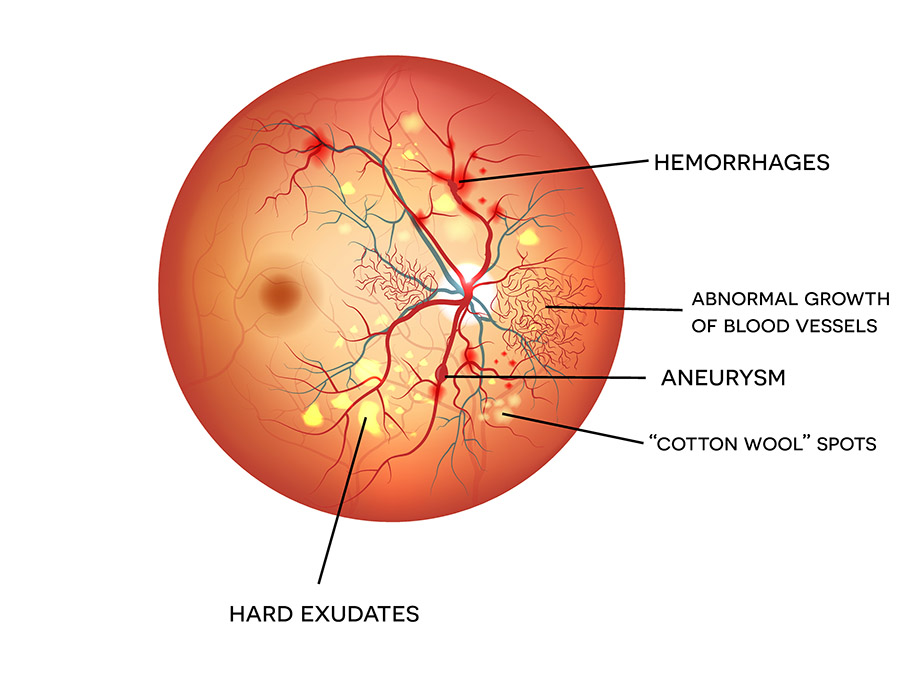
Diabetic Eye Care
It is very important for patients with both insulin dependent and non-insulin dependent diabetes to receive dilated eye exams by an ophthalmologist. Diabetes can lead to several problems with the eye including premature cataract formation and increased risk of infection. The most common problem, however, is called retinopathy.
The retina is the sensory layer lining the inside of the eye that can be compared to “the film in a camera”. Diabetic retinopathy is used to describe changes in the retina associated with diabetes. If untreated it can lead to irreversible vision loss, however if discovered early it can be treated with laser to protect the vision. At Metrolina Eye Associates our physicians are very experienced at detecting and treating diabetic retinopathy.
Eye Floater Treatment
Metrolina Eye Associates is now offering laser eye floater treatment at our Matthews and Randolph Road locations. If you’ve noticed an increase eye floaters that are interfering with your vision, please contact us today to learn more about eye floaters treatment options.
Glaucoma Care & Surgery
Glaucoma is a serious eye condition that involves an elevation in pressure inside the eye. Increased pressure results from a buildup of excess fluid in the eye. Glaucoma is a dangerous eye condition because it frequently progresses without obvious symptoms. This is why it is frequently referred to as “the sneak thief of sight.”
Glaucoma can impair vision by creating pressure that damages the optic nerve, The “cable” of nerve fibers that transmits messages about what we see from the eye to the brain.
According to the Glaucoma Research Foundation glaucoma affects more than 3 million Americans. It is also reported that glaucoma is the third leading cause of legal blindness in Caucasians, and the leading cause of blindness in African Americans. Although anyone can get glaucoma, some people are at higher risk. Those at risk include:
- People over the age of 60.
- African Americans over the age of 40.
- People with a family history of glaucoma.
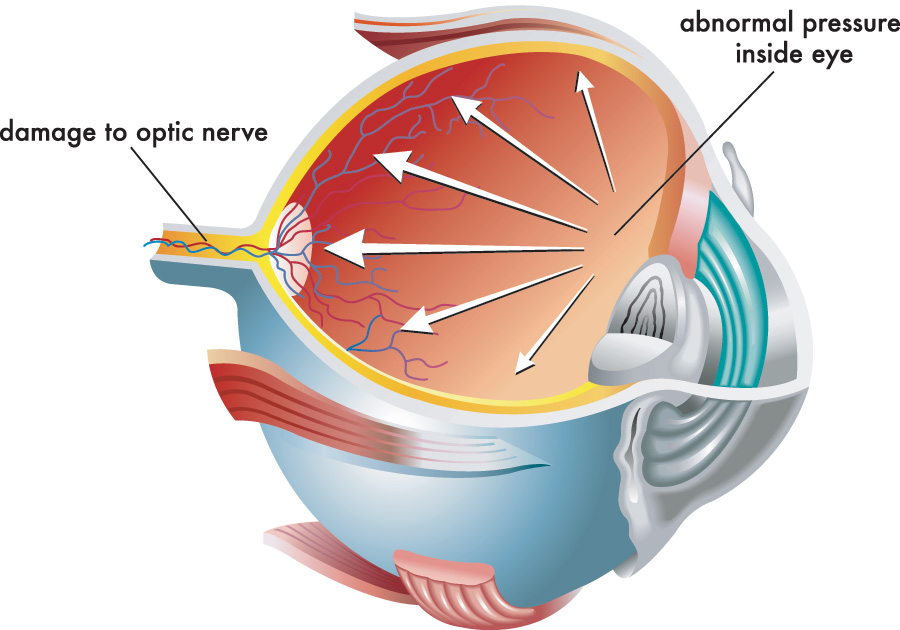
Other Eyelid Conditions?
The doctors at Metrolina Eye Associates can diagnose and treat a wide variety of eyelid disorders. Typical disorders that can be treated include a drooping lid on one or both sides (Ptosis), lashes that are turned in or out (entropion and ectropion), problems with excess tearing, styes and any unwanted skin lesions. You can learn more on our eyelid surgery page.

